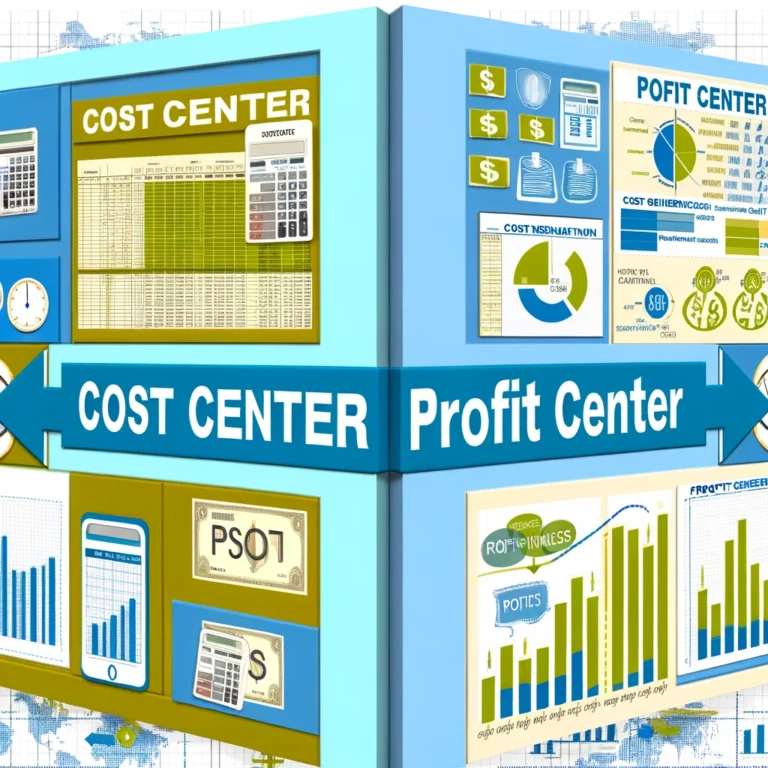Introduction
In the realm of business management and accounting, organizations often categorize their departments as cost centers or profit centers. This classification aids in financial management, accountability, and strategic decision-making. Understanding these units’ functions and operations is crucial for effective business management and operational efficiency.
Cost Centers
Definition: A cost center is a segment of a business where costs are incurred, but direct revenues are not generated. The primary function of a cost center is to control costs and manage budgetary concerns. The performance of a cost center is measured by how effectively it manages and minimizes its costs while supporting the company’s revenue-generating activities.
Management Implications: The focus in cost centers is on efficiency and cost minimization. Managers are responsible for maintaining quality while reducing or maintaining costs within budgeted parameters. This requires effective resource allocation, process optimization, and continuous improvement initiatives.
Industry Example: Human Resources Department
Consider the Human Resources (HR) department of a multinational corporation, such as IBM. HR is essential for recruiting talent, maintaining employee relations, and ensuring compliance with labor laws. Although it doesn’t generate direct revenues, its efficient operation is crucial for the overall productivity and profitability of the company. By managing recruitment costs, training expenses, and employee turnover rates, HR can significantly influence the organization’s bottom line.
Profit Centers
Definition: A profit center is a segment within an organization that directly contributes to its profit through revenue generation and cost management. It operates somewhat like an independent business, with its income statement accounting for both the revenues it generates and the costs it incurs.
Management Implications: Managers of profit centers are accountable not only for controlling costs but also for generating revenues and maximizing profits. This dual responsibility requires a balanced approach to resource allocation, marketing strategies, product development, and sales optimization.
Industry Example: Consumer Electronics Division of Samsung
Samsung’s Consumer Electronics Division, which includes products like TVs, smartphones, and home appliances, serves as a profit center. It’s responsible for innovating, producing, and selling electronic products that directly contribute to Samsung’s profits. The division’s success is measured by its ability to generate sales while managing production and marketing costs effectively. By launching innovative products and optimizing its sales strategies, the division seeks to maximize its contribution to the company’s profitability.
Cost Centers vs. Profit Centers: Strategic Importance
The distinction between cost centers and profit centers is crucial for strategic planning and internal performance evaluation. While cost centers focus on efficiency and cost control, profit centers emphasize revenue generation and profitability. Each plays a vital role in the overall success of an organization, contributing to its competitive advantage and financial health.
Conclusion for IB Business & Management Study:
Understanding the functions and management of cost and profit centers is fundamental for IB Business & Management students. This knowledge equips future business leaders with the insights needed to make informed decisions regarding departmental responsibilities, performance evaluation, and strategic resource allocation. Through the lens of industry examples like IBM’s HR department and Samsung’s Consumer Electronics Division, students can appreciate the real-world application of these concepts and their impact on organizational success.






